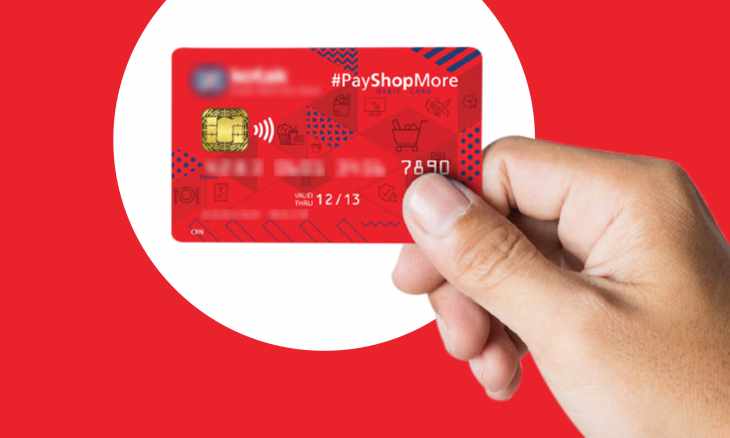
Finance industry reports show that the total amount of debit and credit cards in circulation passed the 1 billion mark. The private sector outpaces public services in its digitization but government-backed solutions facilitate the overall increase in digital transactions in Billion Bank Cards.
Cashless Payments Continue Growing
Digital financial transactions are becoming the norm across Bharat as the bank cards in circulation reached 1 billion in 2021, a recent report has revealed. The “Digital Payments Report” was released by Worldline, a global payment services company that is active on the desi market.
Most of these cards were debit, 93 percent, while credit cards held a modest market share, mostly backed by private banks. The highest number of credit cards was issued by the likes of SBI, HDFC and ICICI.
Interestingly enough, the Indian cashless market is largely driven by the private sector but it has been solidly supported by the National Payments Corporation of India (NPCI) and the RBI. And while government-backed solutions like UPI have been hugely successful, authorities need to digitize many of their own processes and popular public services like the online lottery tickets in Telangana.
Fintech a Powerful Economic Enabler
The fact of the matter is that desi consumers have been truly embracing digital payments. A number of public digital infrastructure and solutions have easily and quickly been integrated with vendors, private banks and bridging financial technologies.
The survey shows that cashless and virtual payment options like Bharat BillPay, NETC FAST tags, Prepaid Payment Instruments (PPI) and especially UPI have been embraced by the market. Urban users are leading the change but many non-metro areas are already well-served and part of the digital payments ecosystem.
The BHIM platform, another prime example, has been developed by the NPCI and is based on UPI. It is already widely used to facilitate electronic payments to and from banks directly, encouraging even more substantial cashless transactions. The BHIM app has been downloaded over 185 million times by the end of 2021, the report reveals.
UPI itself is confirmed as the clear market leader across the nation. UPI-based payments have been used in over 4.57 billion transactions last year alone. These figures more than double the 2020 volumes and monetary value channeled through UPI.
The survey has also shown that October and December have been the months with the largest amount of transactions overall. This was attributed to both the festive quarter and the gradual easing of the Covid restrictions previously in place.
Cashless purchases are gradually becoming a cornerstone of physical purchases, from Kirana stores to mall shopping. However, the online and e-commerce space has exclusively relied on digital transactions from the start. Together with gaming, utility bill payment and financial services, these account for over 87 percent of all cashless transactions and 41 of their monetary value.
While 2021 figures have seen records in many economic sectors and market niches, digital payments are expected to keep rising for the foreseeable future. With 1 billion cards and over 800 million mobile phones, the consumption paradigm has changed for large parts of desi society and is gradually involving the rest.
I believe in creativity and try to express the same with my words. I enjoy writing and keeping myself in touch with the books.

